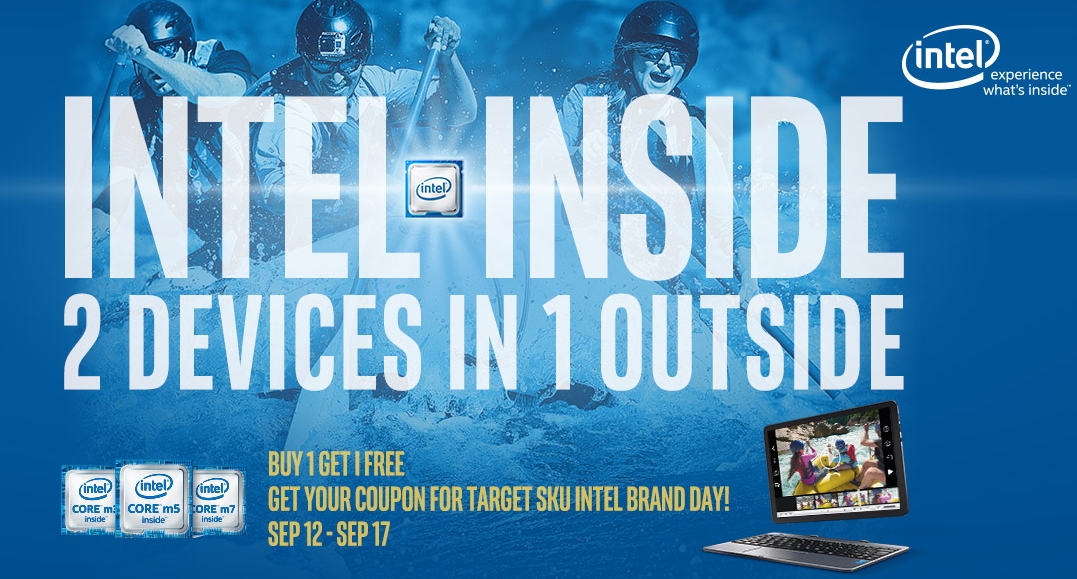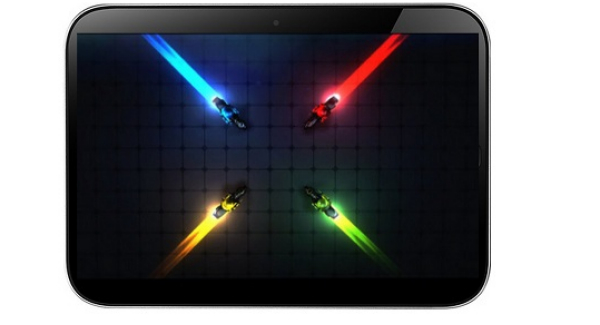If you’ve been watching and reading our reviews, you might have noticed that when we criticize or praise a product, we don’t push it. Well, this time we’ll have to push it a bit, since the LG Optimus Pad (aka LG G-Slate) is a true disappointment. Who would want to spend $800 on an average Honeycomb slate? Not me…
The premise for buying such a device is the “first 3D tablet” mark, but that’s far from being the case. The only 3D you get here is via the dual 5 megapixel camera, supposedly capable of recording in 3D. I say “supposedly” because the tridimensional experience captured with this device was disappointing. Inside the LG Optimus Pad’s box there’s a pair of anaglyphic (cheap) glasses, that will apparently provide a 3D experience on your 2D display.
Yes, this model may ship with 3G support and 32GB of internal memory, but is that a selling point? We’re granted HSDPSA 10.2 Mbit/s speeds, but the device falls again when we have a look at the design: bulky and heavy. The slate weighs 620 grams and measures 12 mm, but for its 8.9 diagonal size, that’s huge.
The display supports a 1280 x 768 pixel resolution and there’s also a light and proximity sensor on board. You get WiFi b/g/n connectivity, Bluetooth and microUSB, plus the usual HDMI and DLNA. Well, at least we have a HDMI cable in the box… The brain of this Android 3.0 tablet is a dual core Nvidia Tegra 2 CPU @ 1GHz, that doesn’t do anything spectacular.
What sets this model apart from competition is, as I said that dual 5MP camera with LED flash autofocus, digital zoom and the ability to do 3D capture in 30 fps and 720p. The 2D video capture is done in 1080p and at 30 fps, supposedly, although the end result is not of that great quality to me. Oh and you can check out your Facebook account and access 3D YouTube, as if that’s any consolation…
[youtube Dc9p73q5nUg 660 520]
LG forgot to include the Movie Studio Honeycomb app on thus device, but they implemented their own 3D video player and 3D video recorder. The second allows you to change the depth of the 3D video and mess around with some minor settings. You can get mixed 3D, anaglyphic 3D, separate images or a single image from the camera.
In the end it’s actually all about the camera and if LG did a pretty good job with the LG Optimus 3D smartphone, why weren’t they able to pull the same stunt with their first tablet?
Post Footer automatically generated by Add Post Footer Plugin for wordpress.
















